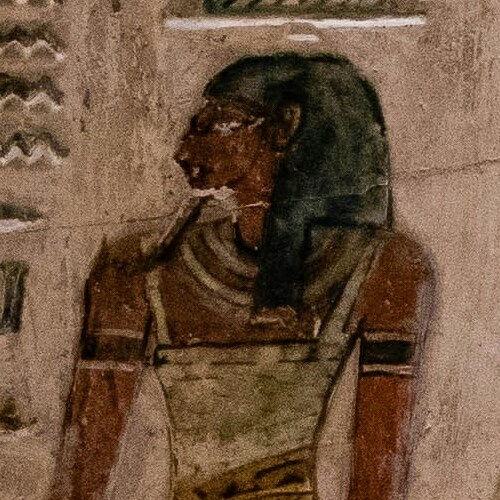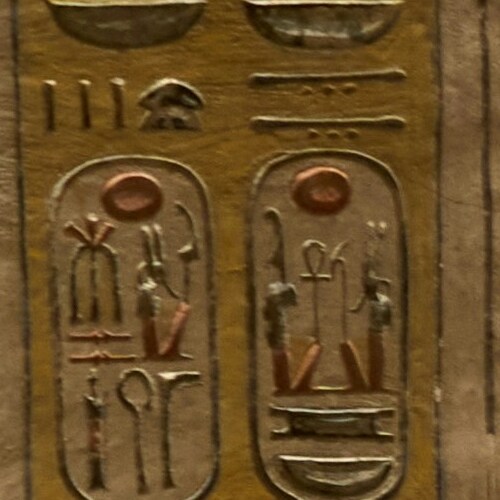No other nation in the world says ‘Welcome’ as often as the Egyptians, and every time, they mean it. While the ancient civilization of Egypt continues to amaze, contemporary Egyptians are equally remarkable.
The Valley of the Queens
Valley of the Queens: An Insight into the Final Resting Place of Royal Consorts and Offspring
Overview
- Location: The Valley of the Queens, nestled in the rugged terrain southwest of the more famous Valley of the Kings, serves as the burial ground for the wives and children of the Pharaohs from the New Kingdom era of ancient Egypt.
- Historical Use: Although it had been utilized since the 18th Dynasty, the valley gained prominence during the 19th Dynasty, particularly with the burial of the first royal consort of Ramses I.
Notable Tombs
- Tomb of Queen Nefertari: The most celebrated tomb in the valley, known for its artistic excellence and designated as the burial site of Nefertari, the favored wife of Pharaoh Ramses II.
- Artistic Significance: The tomb’s interior is adorned with exquisite wall paintings and various forms of mortuary art, reflecting Nefertari’s esteemed status.
- Epithets: Nefertari, known as ‘the most beautiful, beloved of the goddess Mut’, is depicted in the tomb in various favorable and charming scenes that illustrate her beauty and significance.
- Tomb of Amun Kher-Khepshef: Another significant tomb belonging to the son of Ramses III. It stands out for its detailed wall decorations against a white background, depicting scenes from the Egyptian afterlife.
Accessibility
- Limited Public Access: Out of the 75 known tombs in the Valley of the Queens, only a few are open for public viewing, including the renowned tomb of Nefertari.
- Preservation Efforts: Due to the delicate nature of the art and the need for preservation, access to some tombs, such as Nefertari’s, is often restricted or requires special tickets.
Cultural Importance
- Artistic Value: The tombs in the Valley of the Queens are celebrated for their vivid colors and artistic representations, which differ from those in the Valley of the Kings.
- Reflection of Status: The elaborate and beautifully decorated tombs reflect the high regard and affection the queens and royal children held in the eyes of the pharaohs.
Modern Recognition
- Tourist Attraction: The Valley of the Queens remains a significant historical and archaeological site, attracting scholars and tourists fascinated by ancient Egyptian burial practices and art.
- Conservation Efforts: Ongoing efforts to preserve and study the tombs continue to shed light on the lives and beliefs of the ancient Egyptians, particularly regarding their concepts of the afterlife and the status of royal women.
Conclusion
The Valley of the Queens stands as a testament to the reverence and esteem bestowed upon royal consorts and offspring in ancient Egyptian society. Its tombs, replete with artistic masterpieces, offer a deeper understanding of the cultural and religious practices of one of history’s most fascinating civilizations.
Created on 18 March 2020
Updated on 23 Sep, 2024
LUXOR Travel Guide



